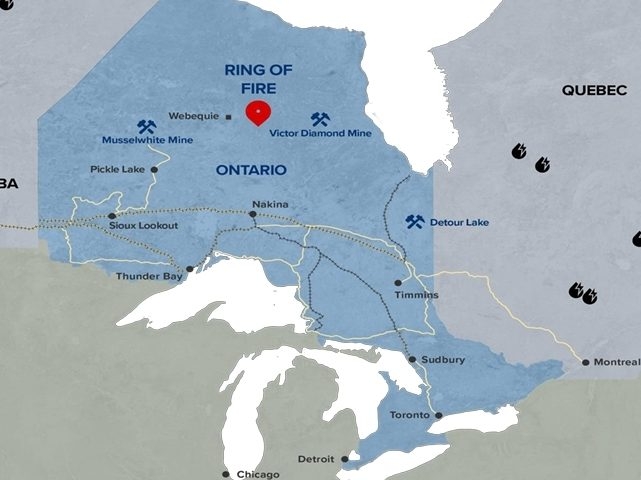A storm is brewing on the Pacific coast. A new agreement between Ottawa and Alberta has ignited fierce opposition from British Columbia and its coastal First Nations, centered around the possibility of a new bitumen pipeline reaching the north coast.
Premier David Eby is unwavering in his skepticism, pointing to past failures and the absence of any committed private investment. He argues the idea is fundamentally flawed, recalling the billions of taxpayer dollars spent when the federal government was forced to purchase the Trans Mountain Pipeline.
The newly signed agreement, brokered by Prime Minister Carney and Alberta Premier Smith, hinges on private sector funding and a submission deadline of July 1, 2026. However, significant concessions were made to facilitate the project, including the suspension of oil and gas emissions caps and potential adjustments to the existing tanker ban.

Alberta, in turn, pledged support for carbon capture technology and collaboration on energy initiatives like data centre development and a western electricity grid. But Eby warns this project could jeopardize existing investments, like the LNG Canada expansion and Prince Rupert port upgrades, by eroding community trust.
Coastal First Nations are preparing for battle. Marilyn Slett, president of the Coastal First Nations-Great Bear Initiative, vowed to utilize “every tool in its toolbox” to prevent the pipeline’s construction and protect the tanker ban, signaling potential legal challenges.
The Haisla Nation, deeply impacted by previous pipeline proposals, reaffirmed their opposition, echoing sentiments from over a decade ago. Their stance underscores the critical importance of Indigenous consent, a point repeatedly emphasized by local leaders.
Kitimat Mayor Phil Germuth stressed the need for demonstrable safety and environmental protection, while Terrace Mayor Sean Bujtas voiced concerns that B.C. communities bear the infrastructure burden without receiving equitable financial benefits.
Despite the mounting opposition, Smith and Carney remain optimistic, envisioning a surge in investment and a strengthened Canadian energy sector. Carney framed the agreement as a crucial step towards a sustainable “energy transition.”
The agreement mandates “meaningful consultation” with Indigenous peoples and seeks Indigenous co-ownership with economic benefits, but crucially, it does not grant B.C. a veto. This lack of provincial control has fueled anxieties and deepened the divide.
Experts remain largely unconvinced. Economists point to the lack of private sector appetite for the immense financial risk, suggesting the deal is more political posturing than a viable plan. The fundamental question remains: who will actually build this pipeline?
Richard Masson, a former Alberta Petroleum Marketing Commission CEO, believes the deal hasn’t changed the core challenges. He emphasizes the need for simultaneous project development and a willing proponent to navigate the complex web of Indigenous concerns and provincial regulations.
The future remains uncertain, but one thing is clear: the fight over this potential pipeline will be a defining moment for energy policy, Indigenous rights, and the delicate balance between economic development and environmental protection in British Columbia.





